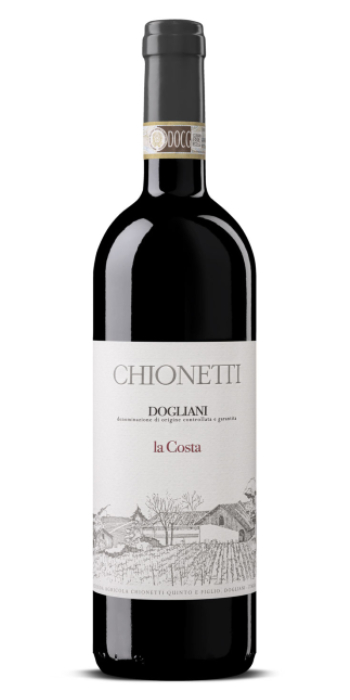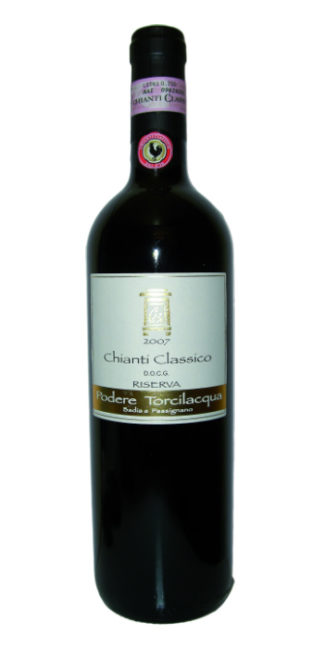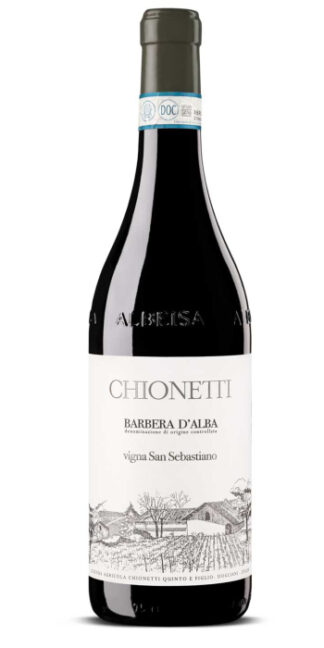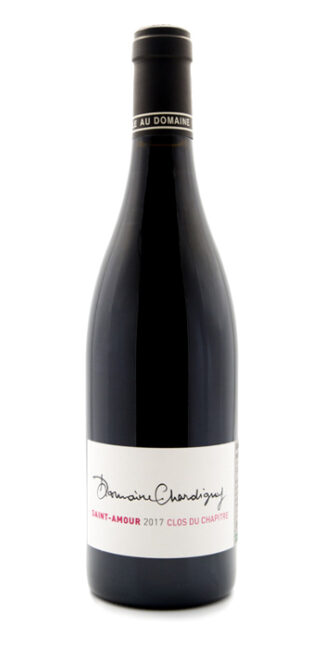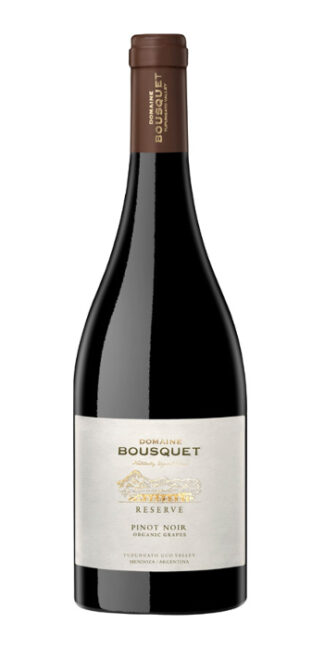Description
Dogliani La Costa 2017 Quinto Chionetti
Variety: 100% Dolcetto
Certified organic
Dogliani la Costa is the highest part of the San Luigi vineyard, one of the best and most famous crus of all the denomination.
Intense garnet red with purple reflections.
The nose is intense, varied and of the finest quality. It is distinguished by wonderful aromas of red and dark fruit and flowers. So we can observe black cherry, red plum and blackberry. Followed by notes of geranium, red rose, gentian, rhubarb, tobacco, vanilla and nutmeg. There is no lack of sensations of aromatic herbs.
On the palate it is balanced and harmonious overall. Well-present tannins and a vivid minerality, compensate for the reduced acidity, typical deficiency of the grape. The profile of the softness shows off a creaminess that gives volume and consistency to the sip. Aromas of blueberry and spice reach the nasal receptors.
The Dogliani La Costa Chionetti is the most structured and bulky of the three standard bearers. While ready to drink, it maintains excellent ability to age over time by improving and is fully representative of the denomination.
Dogliani La Costa 2017 Quinto Chionetti
Soil: the conformation of the land is defined as the formation of Lequio, created about 10 million years ago in the Tortonian era. In detail, the San Luigi area has layers of clay, sand and marine fossils, which, by compressing, gave rise to light marls. The soil can be, in its two extremes, either clayey or calcareous. Going down the percentage of the first salt that of the second create different types of Marne. When they tend to red, the presence of clay is higher than that of calcium carbonate, while it is tending to white when it is vice versa.
The impact of the soil on the wine gives greater power and lasting class.
Planting system: espalier with guyot pruning
Almost all the processes in the vineyard are carried out manually, including the harvest, which takes place by depositing the grapes in small 20kg crates.
The period, in normal climate conditions, occurs around mid-September.
After removing the stalks before pressing the grapes, ferment successively in thermoregulated stainless steel tanks. It carries out the malo-lactic transformation and then refines for a certain period of time in cement tanks, and subsequently in large unroasted wooden barrels.
The filtration takes place by decanting and decanting, consequently the bottling is carried out without any filtration or clarification.
